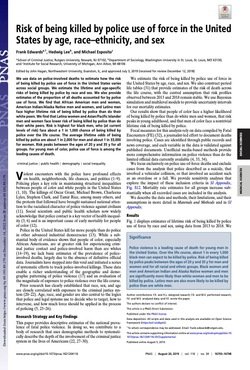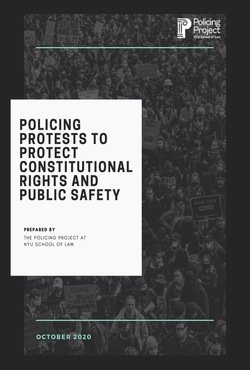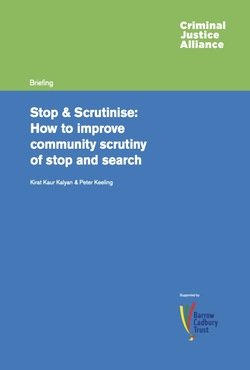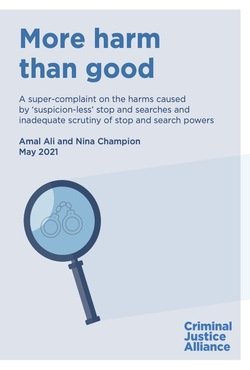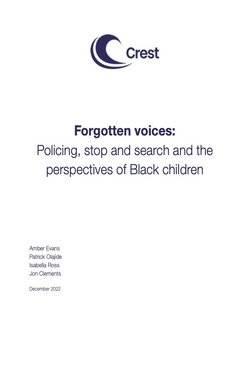By The International Association of Chiefs of Police
This guide provides evidence-based policing practices (EBPP) for small, rural, and tribal agencies. The information comes from published research studies and working group conversations with command staff from various small, rural, and tribal agencies. In this guide, we use the terms small and rural or small, rural, and tribal broadly. The types of agencies that fall within these categories vary in terms of size, crime rates and types, and community characteristics. More than 12,000 local police agencies in the United States are “small” or serve small populations—75 percent employ fewer than 25 sworn officers, and 71 percent serve populations of fewer than 10,000 residents (Hyland and Davis 2019). However, not all small agencies serve rural communities. For example, some small agencies serve independent towns within densely populated metropolitan areas. On the other hand, some county police agencies with hundreds of sworn officers serve predominantly rural communities (e.g., Yang et al. 2018). Police agencies that serve tribal communities operate within a unique cultural, historical, and legal context. While we use the terms small, rural, and tribal somewhat interchangeably, the main guiding principle for police agencies trying to implement evidence-based policing is that strategies, interventions, and practices must be specific, tailored, and based on the best available information relevant to the department and jurisdiction. This is with the understanding that there is no one-size-fits-all approach.
Washington, DC: Office of Community Oriented Policing Services, 2021. 64p.






